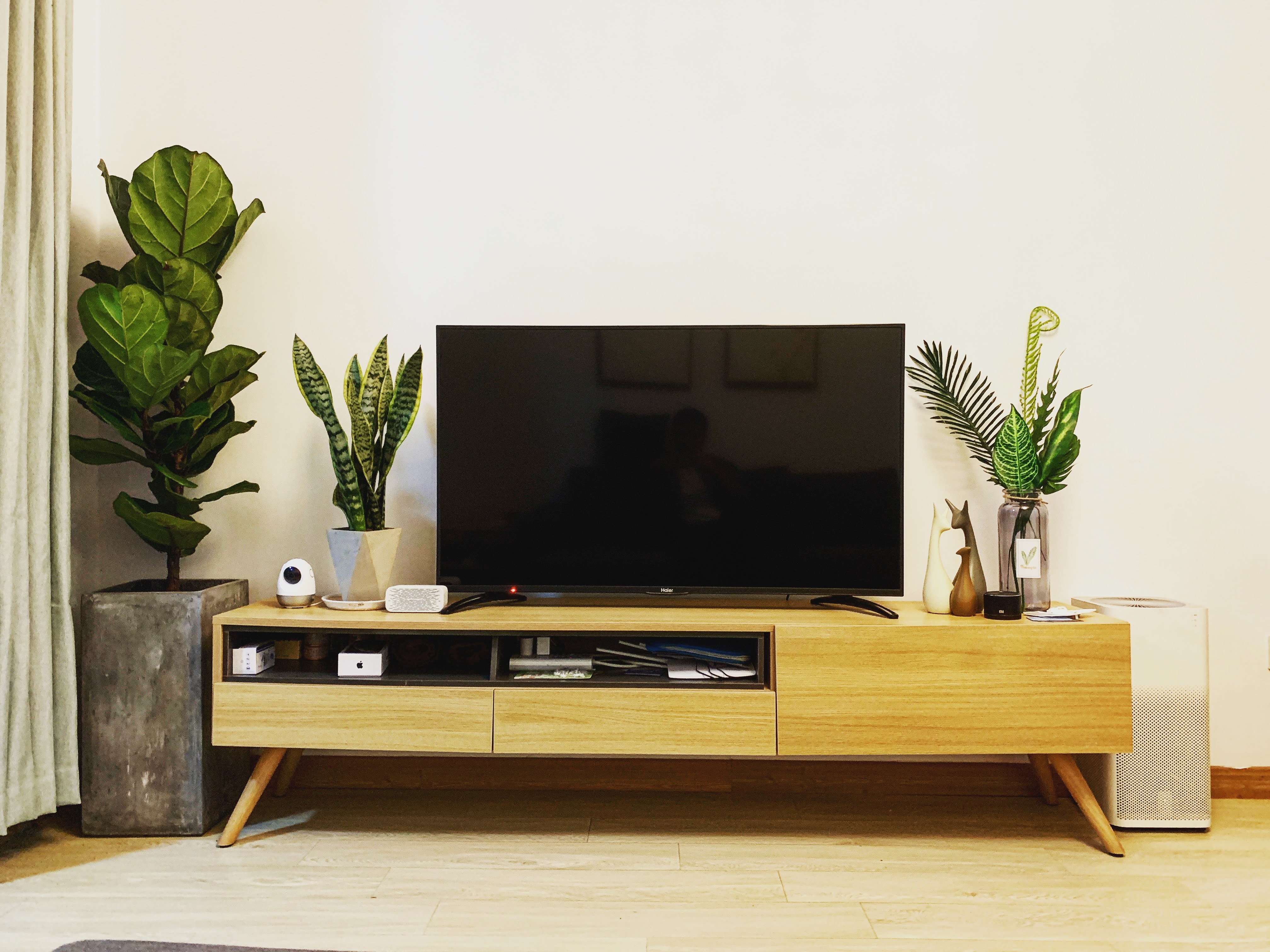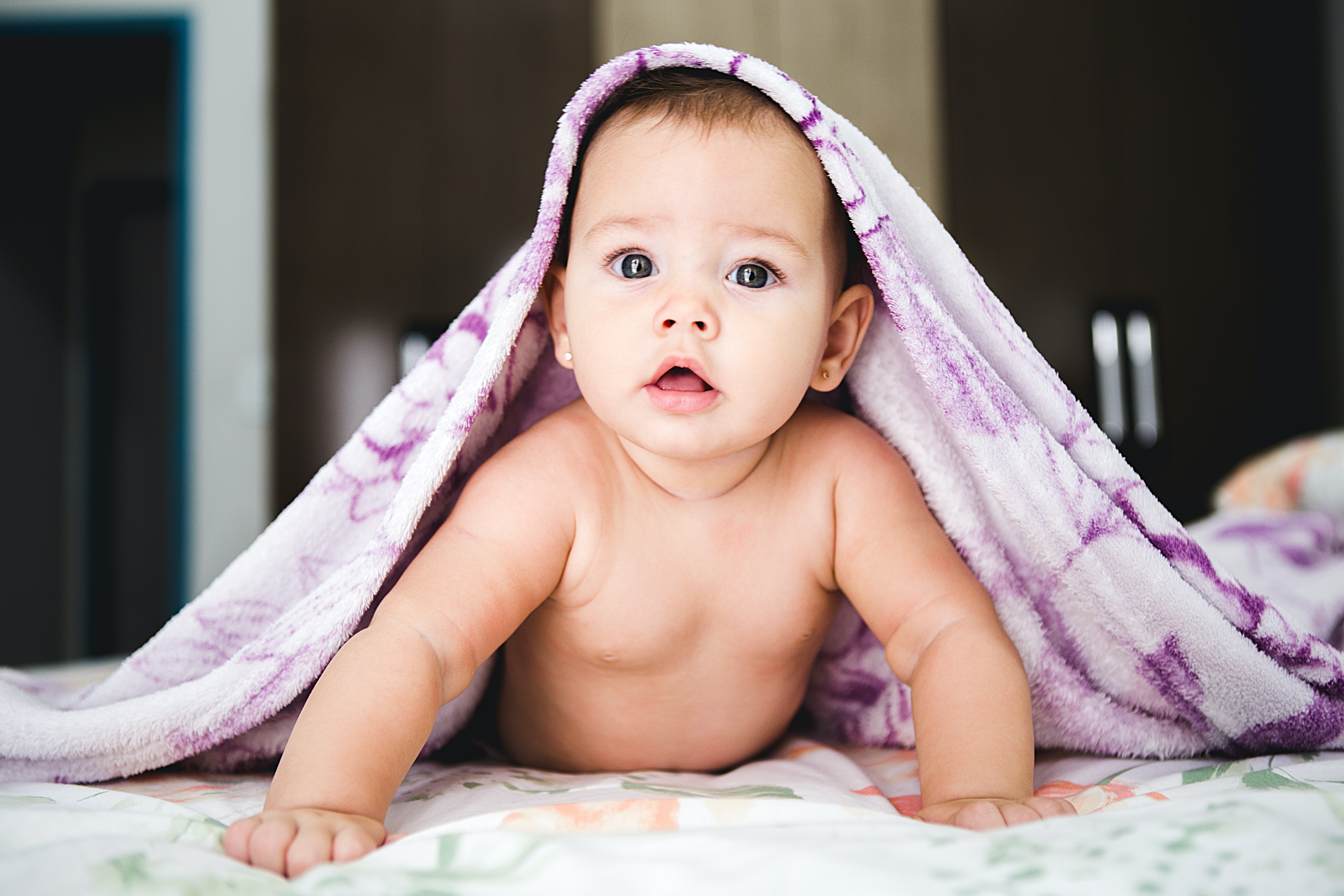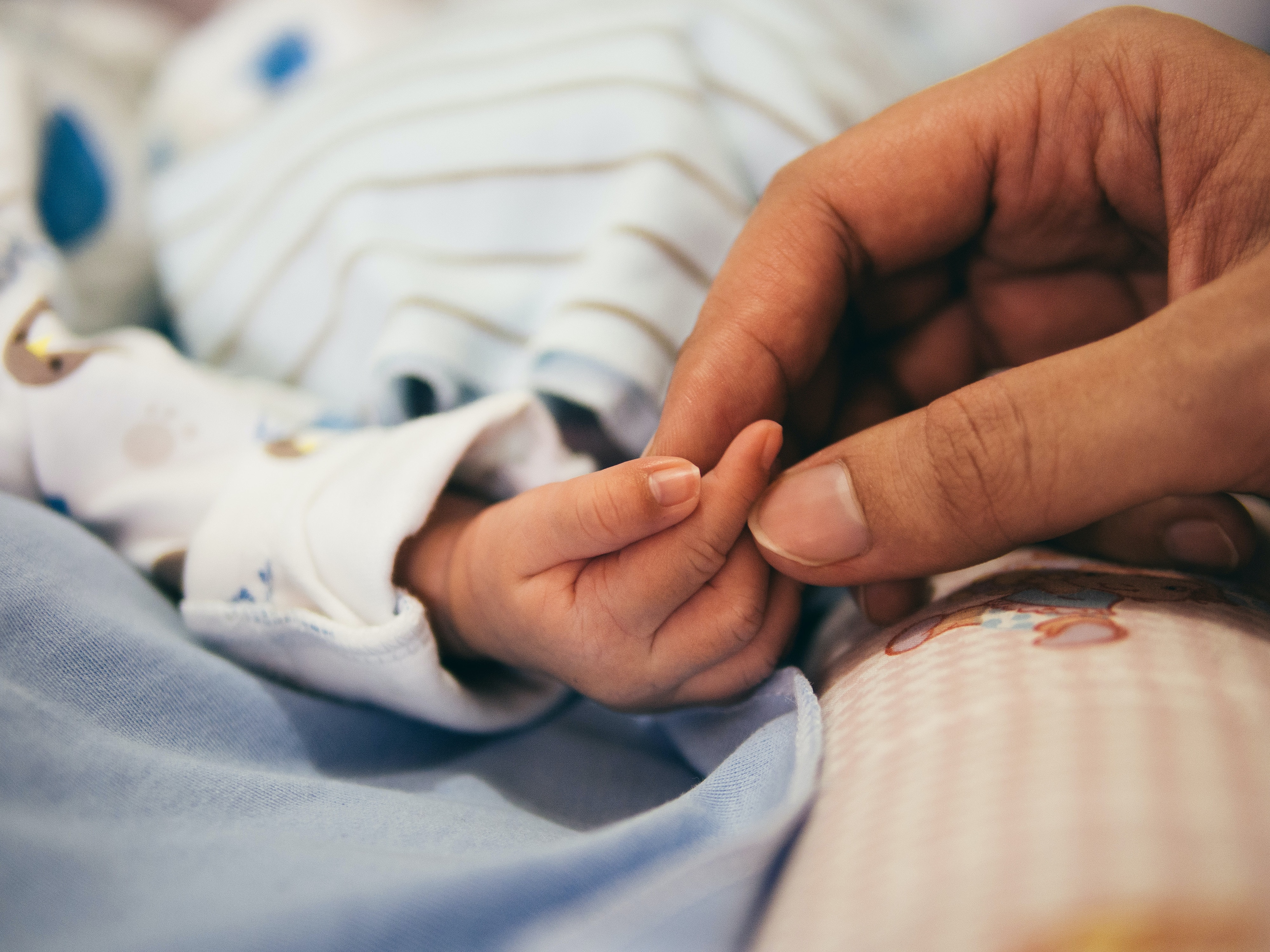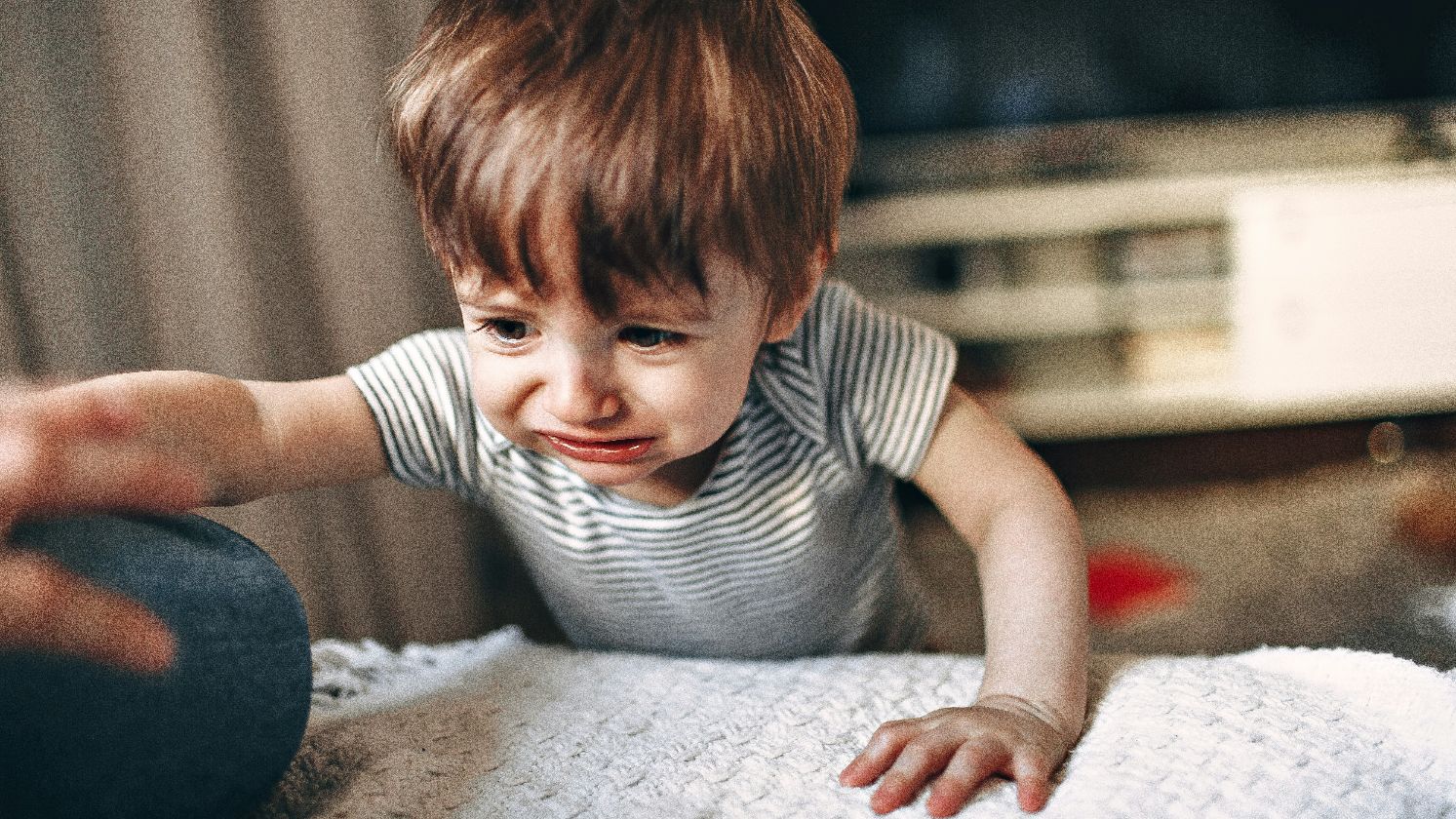Babyproofing 101: 5 Essential Steps Parents Should Take To Create A Safe Home
If you’ve got a baby on the way, congratulations! As you journey into becoming a new parent, you’re probably aware of all the extra steps that need to be taken before welcoming your new child into the world. Of these necessary steps, one of the most important ones is learning how to babyproof your home. Babies are curious explorers, always eager to touch but unaware of the potential dangers and consequences. To keep your newborn safe and sound at all times, it’s essential that you create a safe environment where your baby can explore without any risks. Not sure where to start? Here are five ways you should definitely be babyproofing your home.
1. Secure All Furniture and TVs: Preventing Tipping Hazards
While it may seem like a long ways away, once your baby learns how to walk, he/she will love stumbling around and grabbing whatever they can reach. That includes pulling on furniture to help themselves up! However, not all furniture is stable enough to support their weight, meaning they can easily become tipping hazards. To avoid this, make sure you anchor all heavy furniture such as bookcases, dressers, and TV stands to the walls using brackets, braces, or wall straps. One piece of furniture to really watch out for are flat-screen TVs - they’re especially prone to tipping so try mounting them on the wall instead or securing them tightly to the TV stand.
 Photo by Wang John on Unsplash
Photo by Wang John on Unsplash
2. Install Safety Gates: Keeping Danger Out of Reach
There are a lot of areas in the house that can be very dangerous for babies. Stairways for one, pose a significant risk that could lead to unwanted consequences. Kitchens and bathrooms can be equally dangerous but for other reasons - they often contain harmful substances or sharp objects. To prevent your baby from reaching any of these dangers, install safety gates at the top and bottom of stairways and any room entrances where supervision might be difficult. When choosing the right safety gate, look for ones that are hardware-mounted; these are more secure compared to pressure-mounted gates.
 Photo by Chunli Ju on Unsplash
Photo by Chunli Ju on Unsplash
3. Cover Electrical Outlets: Stopping Electrical Risks
Although we’re aware electrical outlets are not objects to mess around with, to a baby, they’re an intriguing hole that needs to be explored. To avoid electrocution risks, cover all accessible outlets in your house with safety plugs or outlet covers that require two hands to remove. Take care to buy ones that can’t be easily removed by your baby - cheaper, simpler models tend to require much less strength! For any outlets that are currently in use, you can consider getting covers that let cords out, but still protect your baby from poking around in there.
 Photo by Clint Patterson on Unsplash
Photo by Clint Patterson on Unsplash
4. Lock Cabinets and Drawers
It’s vital you keep dangerous supplies out of reach from your baby. Whether it’s cleaning supplies, medicine, or even cosmetics, they can all be harmful or even deadly if ingested by them. To keep your little one safe, store these items high up where your baby can’t reach them, or if you can’t, lock them away in cabinets and drawers with childproof locks. You should be especially mindful to remove sharp utensils or objects that are currently stored in low-level drawers.
 Photo by Jonathan Borba on Unsplash
Photo by Jonathan Borba on Unsplash
5. Cushion All Sharp Edges
For a tiny little baby crawling or stumbling around, coffee tables, fireplaces, and other furniture with sharp corners are incredibly dangerous. Often at face level for them, these sharp edges can lead to serious injuries. To avoid bumps and bruises, apply corner guards or edge bumpers that soften these surfaces. Additionally, you should look to secure area rugs to the floor to prevent potential tripping and use non-slip pads under bath mats. The worse scenario is having your baby trip and fall onto something sharp!
 Photo by Aditya Romansa on Unsplash
Photo by Aditya Romansa on Unsplash
While it’s not possible to eliminate every risk that exists in your home, the goal here is to minimize them as much as possible. Babyproofing isn’t just a one-time task, it’s something you have to continually be aware of as your baby grows and develops. Just remember that no amount of babyproofing can match careful supervision, so always keep an eye on your child.







